* North Korea successfully tests new radar-guided missile
North Korea has successfully launched a new active radar-guided air-to-air missile from a MiG-29 fighter jet, according to Bulgarian Military. The move underscores Pyongyang's determination to modernize its military.
The Korean Central News Agency (KCNA) said the missile was developed domestically. Although its name has not been revealed, the missile's design has many similarities with advanced systems such as the US's AIM-120 AMRAAM and China's PL-12.
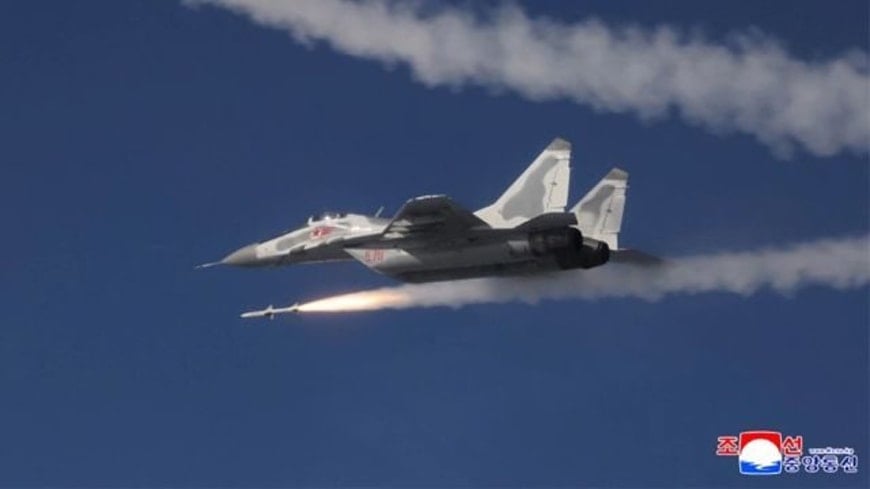 |
| North Korea's new active radar-guided air-to-air missile is launched from a MiG-29 fighter jet. Photo: Telegram |
With a range of 90-120km, the missile is equipped with an active radar guidance system, allowing it to automatically track targets after launch, unlike the previous semi-active radar-guided R-27 missile.
* Guided missile destroyer HMS Dragon intercepts hypersonic missile
The Royal Navy announced that for the first time, the Daring-class Type 45 guided missile destroyer HMS Dragon used the Sea Viper missile system to successfully intercept a hypersonic missile. This success was recorded at Europe's largest air and missile exercise , Formidable Shield 2025, off the coast of Scotland.
During the test, a specially modified version of the Sea Viper missile intercepted a high-speed target designed to simulate next-generation anti-ship missile threats. The targets performed complex evasive maneuvers including spirals and zigzags, similar to advanced hypersonic weapons.
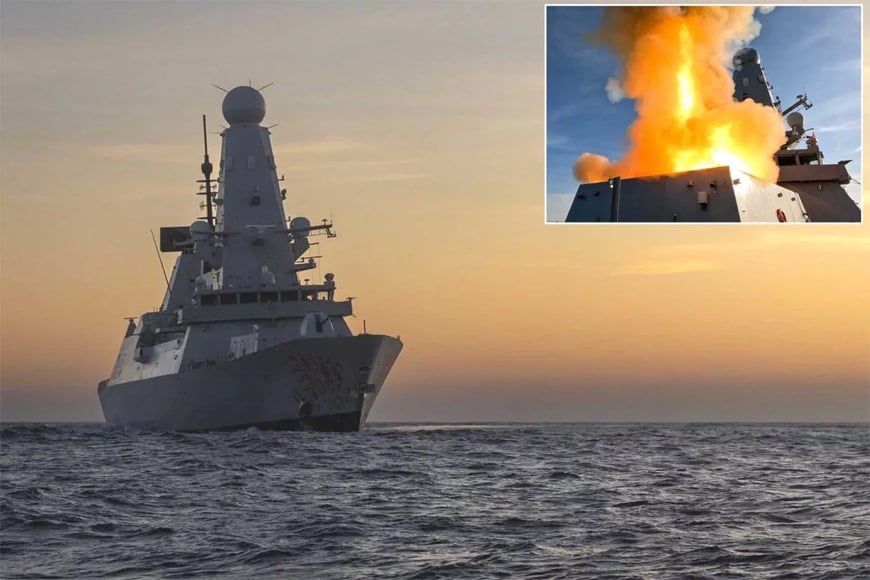 |
The guided missile on the Royal Navy's Type 45 destroyer HMS Dragon destroyed a hypersonic missile for the first time. Photo: Royal Navy |
HMS Dragon is one of six Type 45 guided missile destroyers of the Royal Navy. These warships are specifically designed to protect aircraft carrier battle groups and amphibious assault ships from air threats. The Type 45's defensive power lies in the Sea Viper air defense missile system and two active electronically scanned array radar systems, the SAMPSON and the S1850M long-range radar. These systems provide 360-degree situational awareness, allowing the destroyer to track hundreds of targets simultaneously at ranges of more than 400km.
The Sea Viper missile is designed to track, target and simultaneously intercept multiple incoming missiles, even those performing high-speed evasive maneuvers from multiple directions. The Sea Viper uses an inertial guidance system mid-course, supported by data updates from the ship’s radar, and switches to active radar guidance at the terminal stage for absolute accuracy.
* Qatar is the first international customer to purchase the FS-LIDS anti-drone system
Under the latest $1 billion defense deal between the United States and Qatar, the Gulf state has become the first international customer for Raytheon’s FS-LIDS anti-drone system. The deal includes 100 FS-LIDS systems, 200 Coyote Block 2 interceptors, associated launchers, and support services including operator and maintenance training, logistics, and technical support.
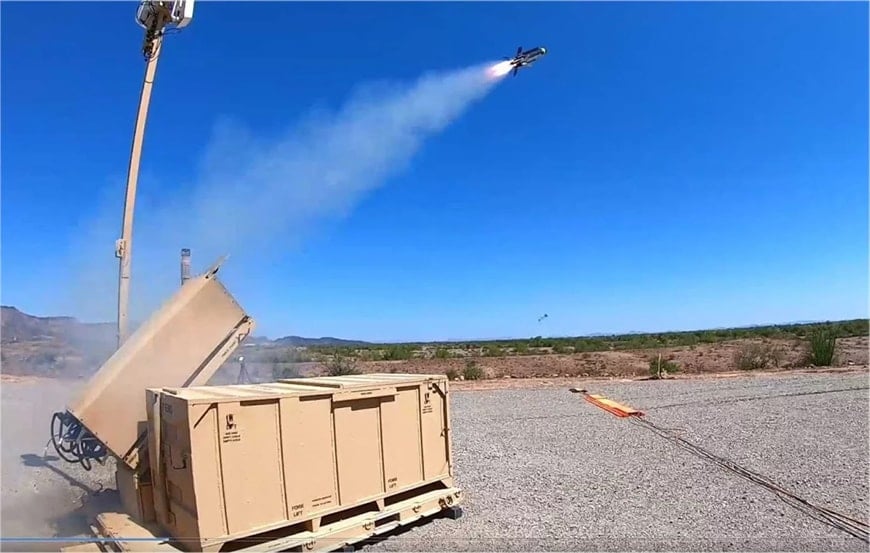 |
| FS-LIDS is a US fixed-wing counter-drone system designed to detect, track and neutralize threats from small, low-flying unmanned vehicles using radar, cameras, electronic warfare assets and Raytheon Coyote interceptors. Photo: Raytheon |
FS-LIDS is equipped with KuRFS and AN/TPQ-50 radio frequency systems, providing high-precision drone detection; electro-optical and infrared cameras enhance visual tracking and identification of aerial targets in various environmental conditions. FS-LIDS also has electronic warfare capabilities, which can disrupt drone signals, effectively disabling them without direct engagement. When necessary, FS-LIDS uses Raytheon Coyote Block 2 jet-powered interceptors to destroy drones.
When the FS-LIDS detects a drone, the data is processed through the forward area air defense command and control system. This system fuses input from multiple sensors to create a complete picture of the situation. The operator can select electronic or aerodynamic countermeasures based on the nature of the threat.
Deploying FS-LIDS at fixed locations can protect critical national assets such as military installations, airports, and energy facilities.
Qatar and the United States also reached a $1.96 billion deal to purchase eight MQ-9B SkyGuardian drones. With this deal, Qatar becomes the first country in the Middle East to deploy the MQ-9B to its armed forces.
MAI HUONG (synthesis)
* Today's World Military column on the People's Army Electronic Newspaper sends readers the latest information on world military security and defense activities in the past 24 hours.
Source: https://baodaknong.vn/quan-su-the-gioi-hom-nay-19-5-trieu-tien-thu-nghiem-thanh-cong-ten-lua-dan-duong-moi-252948.html


![[Photo] Special flag-raising ceremony to celebrate the 135th birthday of President Ho Chi Minh](https://vphoto.vietnam.vn/thumb/1200x675/vietnam/resource/IMAGE/2025/5/19/1c5ec80249cc4ef3a5226e366e7e58f1)

![[Photo] Party and State leaders visit President Ho Chi Minh's Mausoleum](https://vphoto.vietnam.vn/thumb/1200x675/vietnam/resource/IMAGE/2025/5/19/d7e02f242af84752902b22a7208674ac)

![[Photo] Party and State leaders attend the special art program "You are Ho Chi Minh"](https://vphoto.vietnam.vn/thumb/1200x675/vietnam/resource/IMAGE/2025/5/18/6895913f94fd4c51aa4564ab14c3f250)








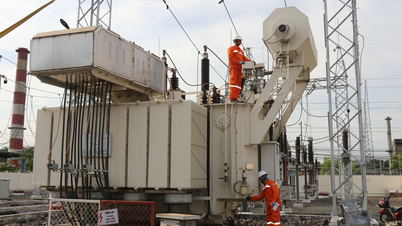





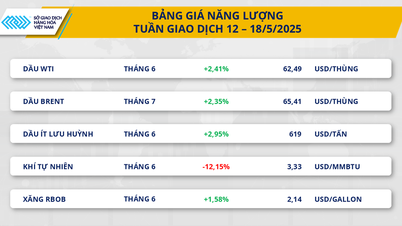
































































Comment (0)